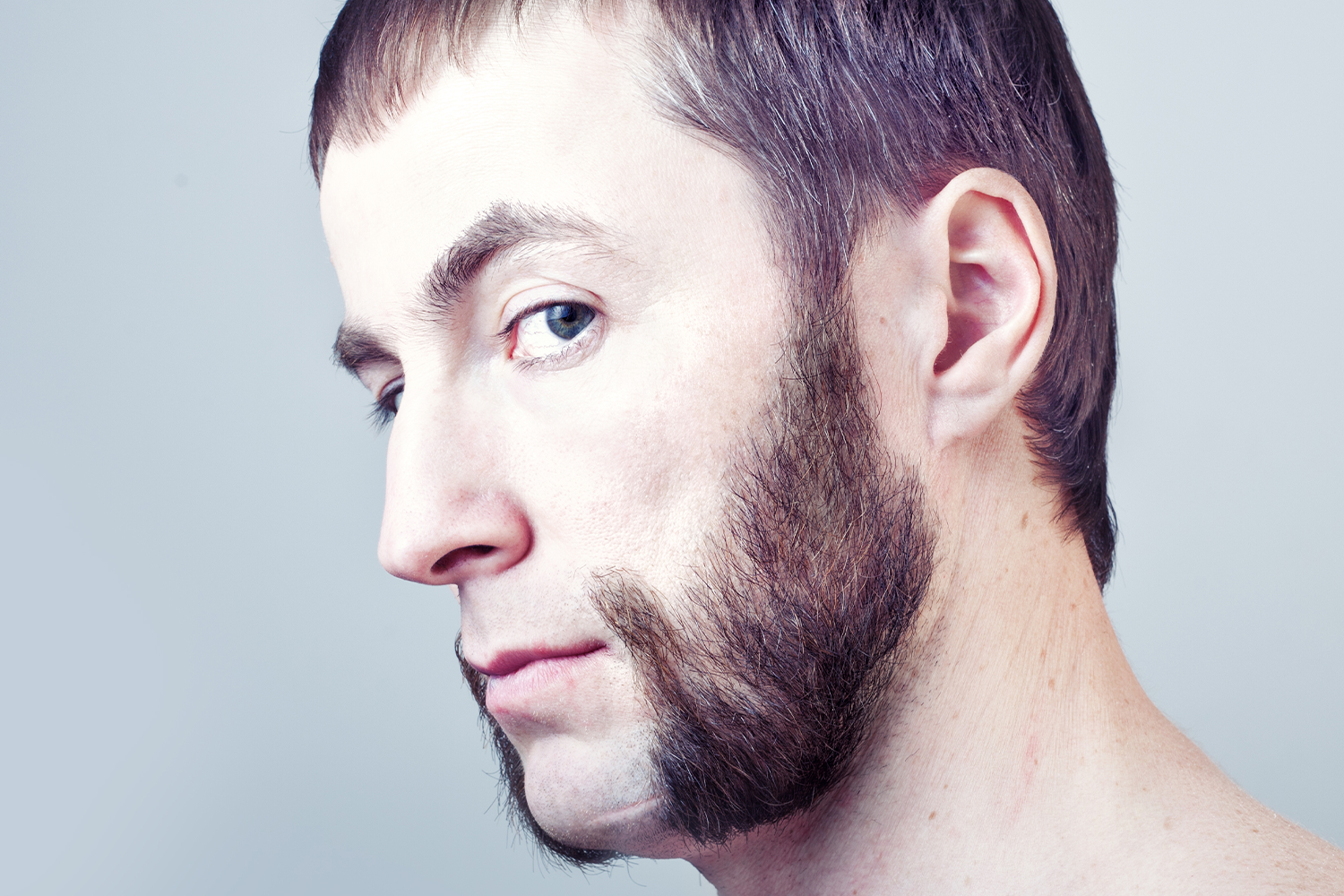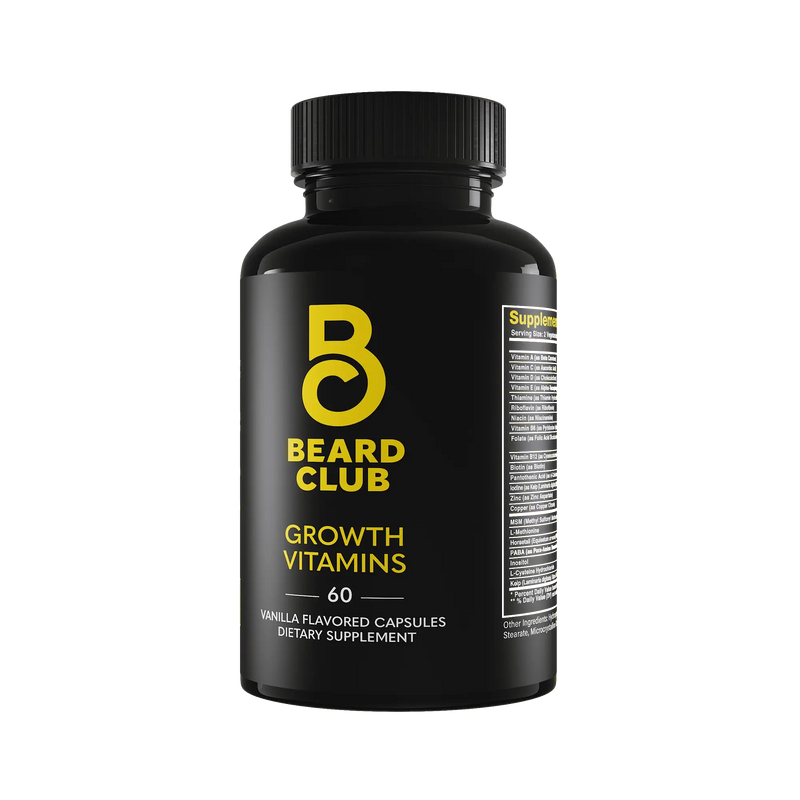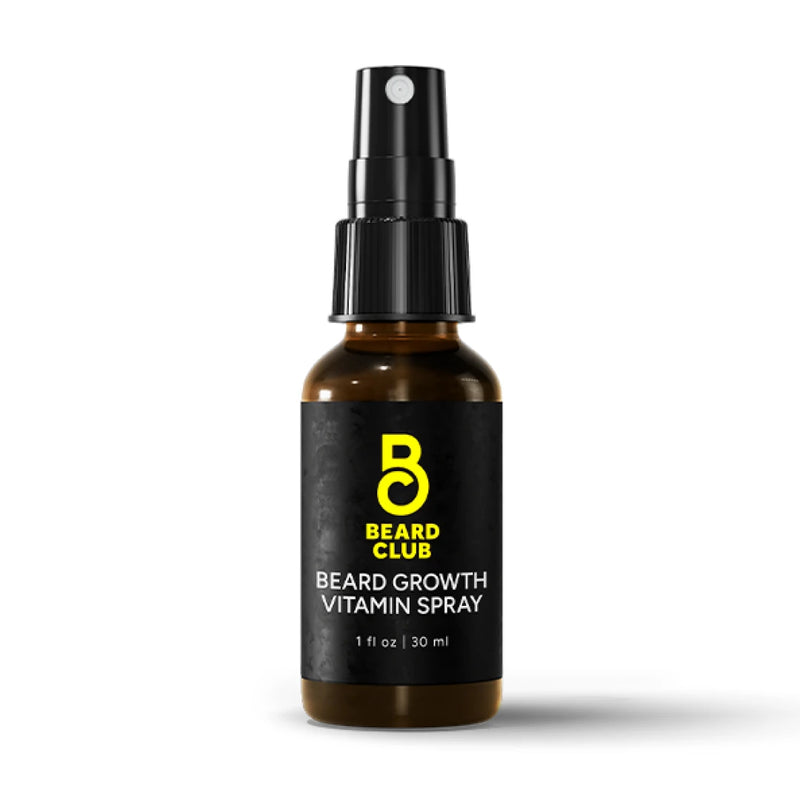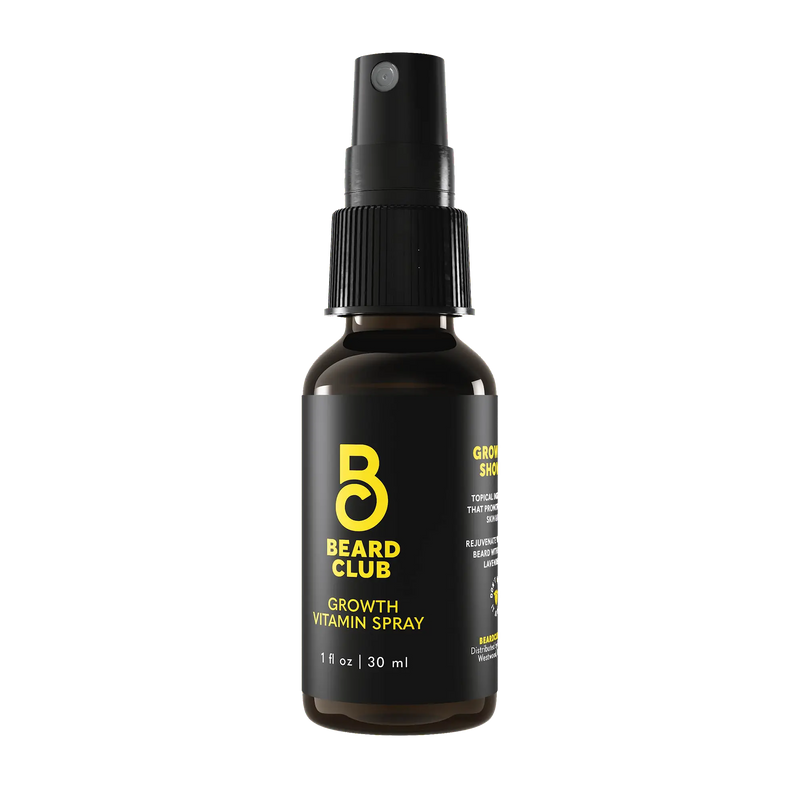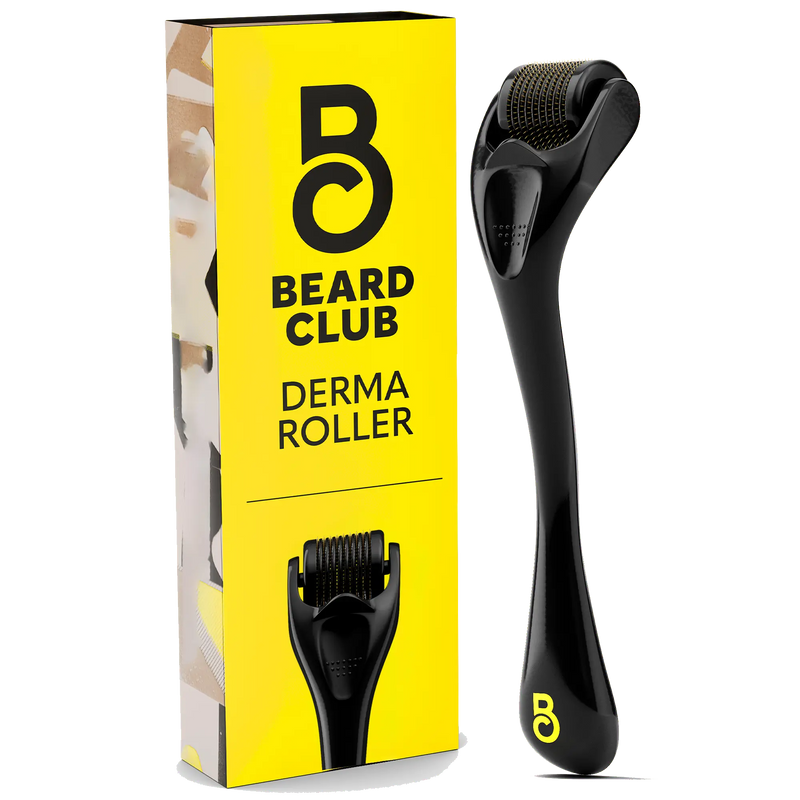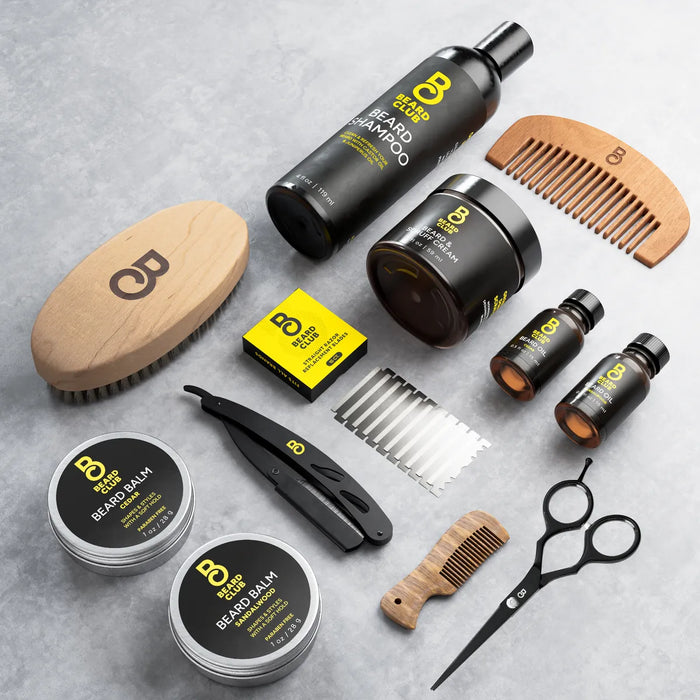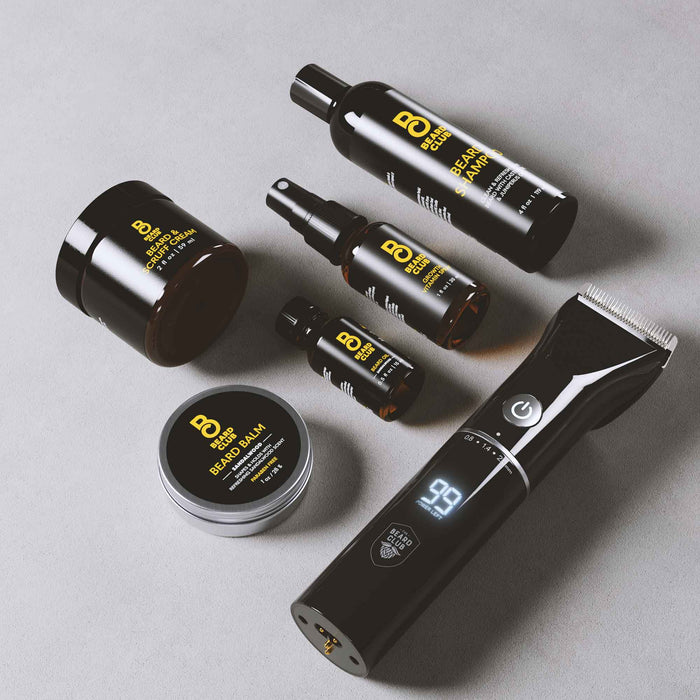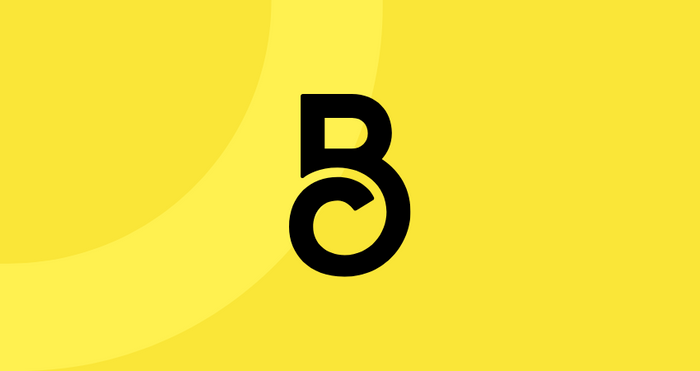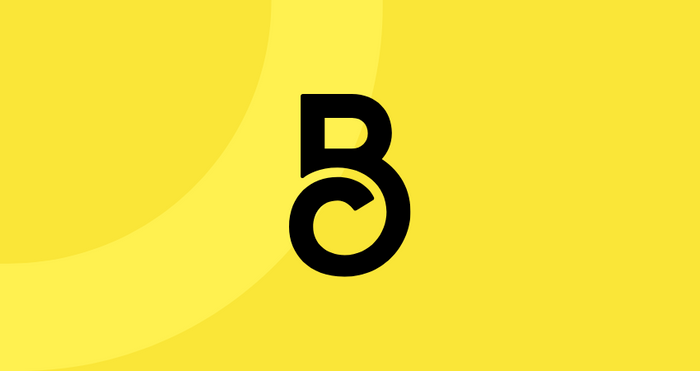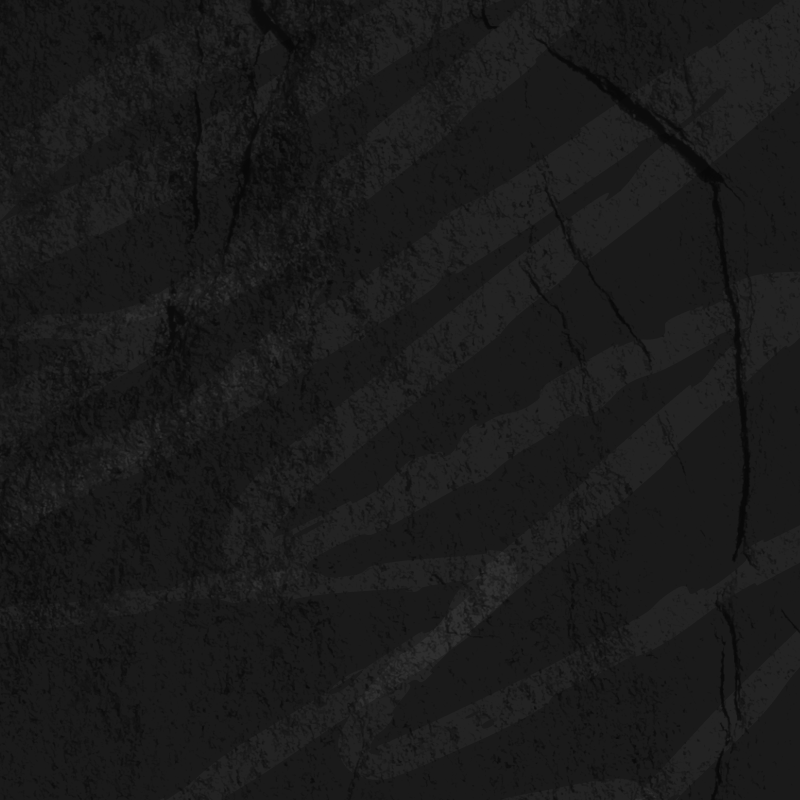Mutton Chops Beard: Your Guide to a Cooler Face
When it comes to mutton chops, you may think of two things: actual mutton chop or the mutton chop beard. We’re talking about the latter today, although there’s a time and a place for recipes and cooking tips. Today’s blog, however, is about beards, not about a cut of meat.
The mutton chop beard style has been around for hundreds of years, and it’s become a timeless symbol of masculinity along the way. Trust us when we say that this beard is making a comeback, and it might be on its way to being more popular than ever.
Read on to learn about famous mutton chop beards, the different directions this style has taken, and how to grow and style your own in five easy steps.
What Are Mutton Chops?
The classic mutton chop is a type of beard in which the sideburns are grown out to the cheeks, leaving the mustache, soul patch, and chin clean-shaven. This style is something of an inverted goatee, but “inverted goatee” isn’t quite as catchy.
This distinctive style creates a bold frame for the face, emphasizing the jawline and cheekbones, making it a striking choice for those looking to make a statement with their facial hair. The versatility of the mutton chop beard allows for various degrees of thickness and length, making it adaptable to different face shapes and personal tastes.
The Mutton Chops Story
The mutton chop look has been around since the early 19th century, and it was primarily in vogue among the upper class at the time. The lack of facial hair in the goatee area provided a distinct look that paired perfectly with a starched collar, scarf, and tie — the primary attire of the time. This fashion statement served as a symbol of sophistication and a mark of a well-groomed gentleman.
Throughout the years, the mutton chops beard has developed and evolved into a number of styles. In the late 1870s, men started connecting mutton chops to their preferred mustache style, sparking a new trend of growing mutton chops and mustaches longer than four inches. This era marked the beginning of more creative and individualistic expressions of the mutton chop. Men began experimenting with connecting their sideburns in innovative ways, thereby broadening the definition of what constituted this iconic look.
By the 1900s, mutton chops pretty much disappeared into the mist for a while. The clean-shaven look became the norm, and the bold facial hair styles of the past fell out of favor. However, the 20th century was not without its brief revivals, as various subcultures and fashion movements occasionally brought mutton chops back into the spotlight, celebrating their historical and aesthetic appeal.
Luckily, those millennials brought back this facial hairstyle with a vengeance. Thanks, guys! The revival of mutton chops in the 21st century can be attributed to a broader resurgence of interest in vintage and retro styles and a growing movement towards embracing natural, unapologetic personal expression.
Today, mutton chops are a nod to the past and a contemporary fashion statement that defies conventional norms, inviting men to explore their unique styles and embrace their individuality.
The modern iteration of mutton chops sees them worn in isolation and conjunction with beards and mustaches of varying lengths and styles, further demonstrating their versatility and enduring appeal.
Modern Mutton Chops
Nowadays, the classic mutton chop involves a lot more than just extra-long sideburns running down the sides of the face. However, the true beauty of mutton chops lies in their adaptability.
Let's take a closer look at the variations that give this style its enduring appeal:
- The Subtle Mutton Chop: Ideal for the beard enthusiast who prefers understatement. This style is about maintaining a balance between facial hair and skin, perfect for testing the waters of the mutton chop sea without diving in headfirst.
- The Friendly Mutton Chop: This variant bridges the gap between the traditional mutton chop and a full beard. The mustache connecting to the chops softens the look, making it more accessible and, as the name suggests, friendlier.
- The Wild Mutton Chop: The wild mutton chop is unabashedly full and luxuriant for the bold and the brave, often accompanied by a matching mustache. This style makes a statement and then some, reminiscent of the legendary figures who proudly wore them.
- The Clean-Cut Mutton Chop: Precision is the name of the game here. Sharp, well-defined edges and a neat overall appearance characterize the clean-cut mutton chop, suitable for the modern gentleman who appreciates a nod to the past but lives in the now.
Mutton chops are an opportunity for personal expression. Whether you lean towards the subtle or the wild, the essence of the mutton chop is its celebration of individuality and a nod to the rich history of beards.
As we see the style continue to evolve, one thing remains clear: The mutton chop, in all its forms, is here to stay, a cooler face indeed for those bold enough to wear it.
Famous Mutton Chop-Wearers
Many men in history have pulled off the mutton chop beard and made it a style of facial hair worth imitating.
One of the most famous pairs of bushy mutton chops that come to mind right away is none other than X-Men’s Wolverine. We’re specifically talking about when the mutant was played by the legendary Hugh Jackman. Not only did Jackman make Wolverine’s mutton chops look completely badass, but he also paved the way for new adaptations of this particular beard style.
However, Hugh Jackman didn’t opt for this beard out of his own volition. The iconic Wolverine character has sported mutton chops since his first appearance in the comics. However, some stars actually choose mutton chops rather than growing them for a role.
John Lennon, the beloved singer-songwriter from the Beatles, sported a classic mutton chop look from time to time. With the bushy sideburns reaching to his cheeks, John Lennon really pulled off mutton chops. With his tea-shade glasses and shaggy hair, it was a glorious combination.
Likewise, Elvis Presley blessed us with his music and his impact on style. With his signature long sideburns, which were grown out just enough to not completely cover his cheeks, Elvis became one of the few torch-bearers of the mutton chop trend in the 50s.
How Do You Grow Mutton Chops?
Let’s try out the classic mutton chop: sideburns that extend to your cheeks with no mustache, soul patch, or chin hair.
Step One: Wash Your Beard
The first step in achieving the classic mutton chop look is washing your beard.
We suggest you take a warm shower before shaving to soften your facial hair and open up the hair follicles for a smoother shave. When washing your facial hair, use Beard Shampoo, which removes bacteria and dead skin from your beard while conditioning your hair. After you rinse off, towel dry your beard and face completely before any trimming.
Don’t take this initial cleanse for granted, as it’s essential for hygiene and ensuring that your beard is in the best possible condition for styling. Think of it as preparing a canvas before painting. You want the smoothest, cleanest surface to work with.
Using a conditioner after the shampoo can further soften your beard hair, making the subsequent trimming and shaping process even easier. Remember, the healthier your beard, the better it will look once you've achieved those mutton chops.
Step Two: Have a Plan
After you are fresh, clean, and dry, it’s time to look in the mirror and make that mutton chop outline. This step is all about precision and vision. Take a moment to visualize the result and how it will complement your face shape.
You’re more than welcome to create your own take on the mutton chop look, which can include a mustache or some chin hair. However, for the classic mutton chop, you will need to remove your mustache, the hair around your mouth, chin hair, and any hair growing on your neck.
If you're unsure about the best style for you, consider consulting with a barber or using a beard-shaping tool. These tools can help guide your trimming and ensure symmetrical, even chops. Remember that mutton chops can be tailored to suit various face shapes by adjusting the width and length of the sideburns, so don't hesitate to experiment to find what looks best on you.
Step Three: Trim the Chop
Now it’s time to get your mutton chops. This step takes some work, but the final product is definitely worth it. Grab the PT45 Beard Trimmer and get to work.
You can start by obliterating your mustache. Depending on the mutton chop variation that you’ve chosen, use the trimmer to cut from the ends of your mouth straight down to your chin.
Next, trim the hairs from under your mouth and create a border by shaving a horizontal line along your jaw. Continue trimming along the entirety of your jawline, making sure not to leave any gaps.
Now that you have your entire outline trimmed, remove any unwanted hairs around your chin, mouth, and neck, leaving only the hairs on your cheeks and sideburns.
Maybe you’re looking for something a bit more modern than the regular mutton chop look. No problem — try the friendly mutton chop. This particular style is the same as a classic mutton chop but includes a mustache connecting to the cheek hair.
So, it’s the same steps, minus removing your ‘stache. If you want to opt for the friendly chops, this is where you’ll skip trimming your mustache.
Step Four: Apply Oil
If you want superior facial hair growth and are looking to keep it healthy and thick, use our Cedar Beard Oil or Sandalwood Beard Oil. These two oils support your beard with extra hydration and nutrients, so you won’t end up with bristle-brush-beard (try saying that three times fast.)
Apply a few drops of beard oil to your palms, rub your hands together, then evenly distribute the oil throughout your facial hair, massaging it onto the skin underneath your beard as well. Not only do these oils penetrate deep into your skin for a boost of growth, but they also smell incredible!
Need an extra boost for growing a longer beard? Try our Beard Growth Oil. It’s the perfect product to help you achieve your beard goals. This concoction provides intense hydration and activates growth for a stronger, longer, and thicker beard with ingredients like castor oil, coconut oil, jojoba seed oil, and more. It’s just the right tool to use for obtaining your new mutton chop.
Step Five: Maintaining Your Beard
Now that you have the mutton chop you want, make sure to keep it that way.
It may take daily maintenance to keep your mutton chops by getting rid of the unwanted hairs stragglers along the way — but it’s worth it. Using a Straight Edge Razor, you can keep your beard lines fresh with superior control and precision right in the comfort of your own home. That definitely beats paying $35 for a beard trim at your local barber shop.
You can grow your chops out as long as you like. However, if it comes to a point when you need to do a bit of tidying up, use one of the eight interchangeable guides from the PT45 Beard Trimmer to quickly trim away any length or too much thickness if need be.
Make sure to continue applying any of our beard oils or beard balmsthroughout the growth and maintenance process as well. Staying consistent with your beard care routine will keep your mutton chops soft, easy to style, and smelling nice.
Final Thoughts on Mutton Chops
Trying out the mutton chop beard takes a lot of courage and confidence, especially since not many men opt for this kind of look in the modern era. It hasn’t been “in style” for quite some time (over 200 years, in fact) but since beards have made a major comeback as of late, experimenting with different styles is the best way to see what works for you.
Facial hair is an art, and all of the great artists experimented from time to time. Growing your own pair of healthy, thick mutton chop sideburns might be your facial hair magnum opus — but if not, you can always shave the chops off and start over. That’s the beauty of growing a beard; you can always swap your style whenever you want.
Sources:
John Lennon - Songs, Wife & Death | Biography
Hair Follicle: Function, Anatomy, and Conditions | Healthline
The great Victorian beard craze | BBC News
Miss mutton chops? Here’s a recipe for you | The Irish Times
